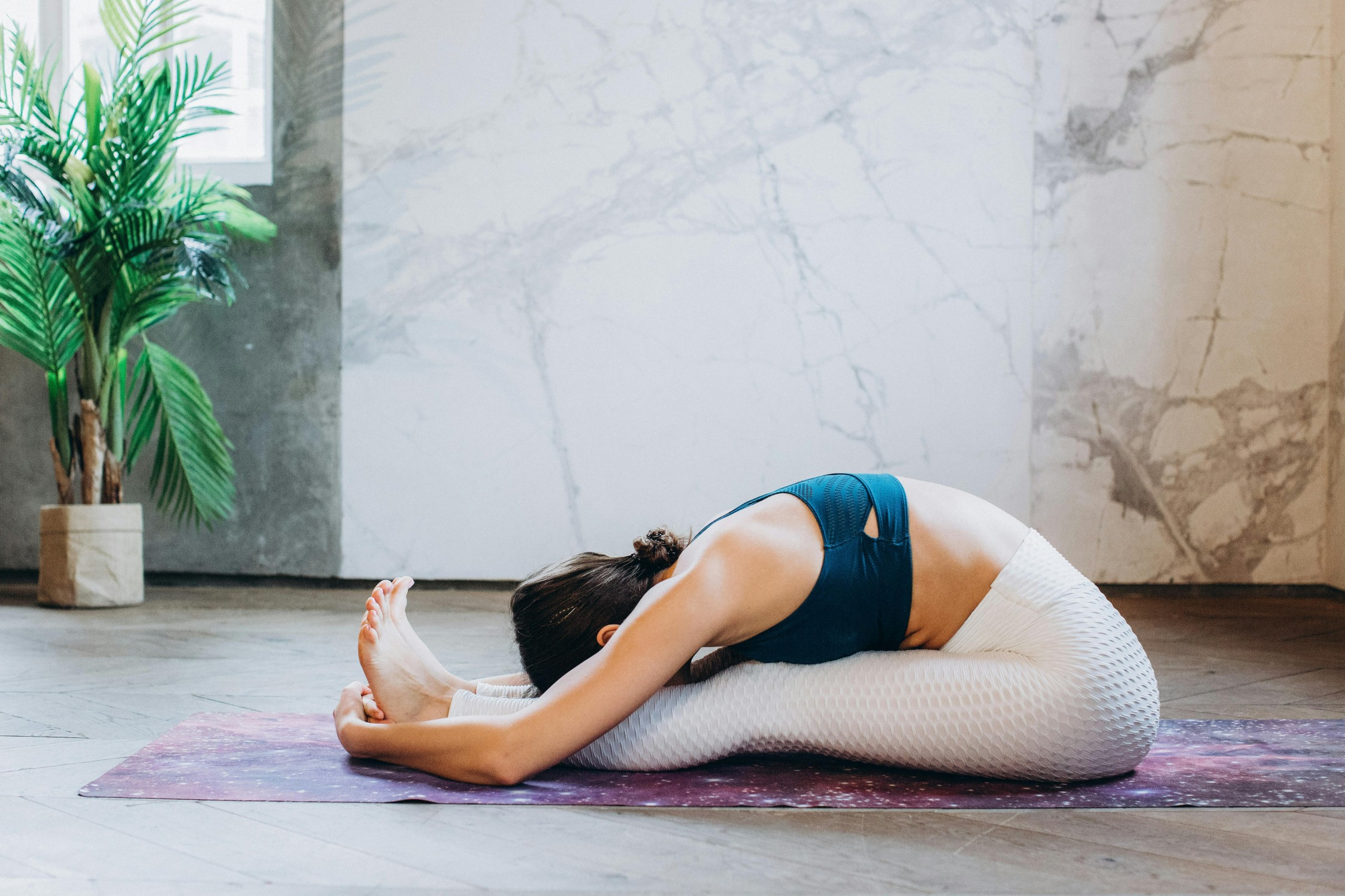The Best Yoga Poses for Beginners

Yoga is a wonderful practice for both the mind and body, offering numerous benefits such as increased flexibility, strength, and stress relief. For beginners, it’s important to start with poses that are approachable and safe as you build your foundation. Here are some of the best yoga poses for beginners:
1. Mountain Pose (Tadasana)
- Benefits: Improves posture, balance, and alignment.
- How to Do It:
- Stand with your feet together or hip-width apart.
- Press firmly into all four corners of your feet.
- Engage your thighs, lifting your kneecaps slightly.
- Lengthen your spine, roll your shoulders back and down, and lift your chest.
- Reach your arms alongside your body with palms facing forward.
- Take deep breaths, feeling grounded and stable.
2. Downward-Facing Dog (Adho Mukha Svanasana)
- Benefits: Strengthens the arms and legs, stretches the back, calves, and hamstrings.
- How to Do It:
- Start on your hands and knees in a tabletop position.
- Spread your fingers wide and press into your palms.
- Tuck your toes and lift your hips up and back, straightening your legs.
- Keep your spine long, with your ears aligned with your upper arms.
- Press your heels toward the floor, even if they don’t touch.
- Hold for several breaths, focusing on lengthening your spine.
3. Child’s Pose (Balasana)
- Benefits: Gentle stretch for the back, shoulders, and hips, and a calming pose for the mind.
- How to Do It:
- Kneel on the floor with your big toes touching and knees apart.
- Sit back on your heels and extend your arms forward, lowering your forehead to the mat.
- Rest your arms alongside your body with palms facing up, or extend them forward.
- Breathe deeply and relax your entire body.
4. Warrior I (Virabhadrasana I)
- Benefits: Strengthens legs, opens hips, chest, and shoulders, and improves focus and stability.
- How to Do It:
- Stand with your feet hip-width apart and step your left foot back about 3-4 feet.
- Turn your left foot slightly inward and bend your right knee over your right ankle.
- Extend your arms overhead, keeping your shoulders relaxed.
- Square your hips forward and press into both feet.
- Hold for several breaths, then switch sides.
5. Warrior II (Virabhadrasana II)
- Benefits: Strengthens legs and ankles, opens hips, chest, and shoulders, and increases stamina.
- How to Do It:
- From Warrior I, open your hips and arms to face the side, keeping your right knee bent.
- Your back foot should be parallel to the back of the mat, and your front heel should align with the back arch.
- Reach your arms out to the sides at shoulder height, palms facing down.
- Look over your front hand and hold for several breaths.
- Switch sides.
6. Tree Pose (Vrksasana)
- Benefits: Improves balance and stability, strengthens legs and core.
- How to Do It:
- Stand in Mountain Pose.
- Shift your weight onto your right foot and bring the sole of your left foot to your inner right thigh or calf (avoid the knee).
- Press your palms together at your chest or extend your arms overhead.
- Find a focal point to help maintain balance.
- Hold for several breaths, then switch sides.
7. Cat-Cow Pose (Marjaryasana-Bitilasana)
- Benefits: Stretches the back and neck, increases spinal flexibility, and warms up the body.
- How to Do It:
- Start on your hands and knees in a tabletop position.
- Inhale, arch your back, and lift your head and tailbone towards the ceiling (Cow Pose).
- Exhale, round your spine and tuck your chin toward your chest (Cat Pose).
- Continue to flow between these two poses with your breath.
8. Bridge Pose (Setu Bandhasana)
- Benefits: Strengthens the back, glutes, and legs, stretches the chest and spine.
- How to Do It:
- Lie on your back with your knees bent and feet flat on the floor, hip-width apart.
- Place your arms alongside your body, palms facing down.
- Press into your feet and lift your hips towards the ceiling.
- Clasp your hands under your back and press into your arms to lift your chest.
- Hold for several breaths, then slowly lower your hips back down.
9. Seated Forward Bend (Paschimottanasana)
- Benefits: Stretches the hamstrings, lower back, and spine, and calms the mind.
- How to Do It:
- Sit with your legs extended straight in front of you.
- Inhale, lengthen your spine, reaching your arms overhead.
- Exhale, hinge at your hips, and reach for your feet, shins, or ankles.
- Keep your spine long and avoid rounding your back.
- Hold for several breaths, focusing on your breath and the stretch.
10. Corpse Pose (Savasana)
- Benefits: Promotes deep relaxation and stress relief, and integrates the benefits of your practice.
- How to Do It:
- Lie flat on your back with your legs extended and arms relaxed at your sides, palms facing up.
- Close your eyes and take slow, deep breaths.
- Let your entire body relax and release any tension.
- Stay in this pose for at least 5-10 minutes, allowing your mind and body to rest fully.
Conclusion
These beginner-friendly yoga poses provide a solid foundation for building strength, flexibility, and mindfulness. As you progress, you can explore more advanced poses and variations. Remember to listen to your body, practice regularly, and enjoy the journey of discovering yoga. Namaste!Run
Ctrl
↵






